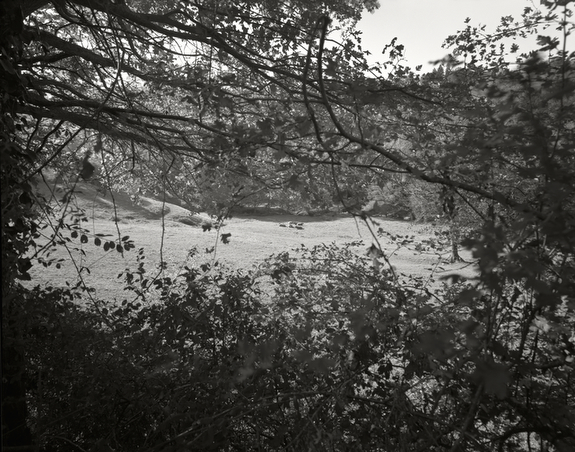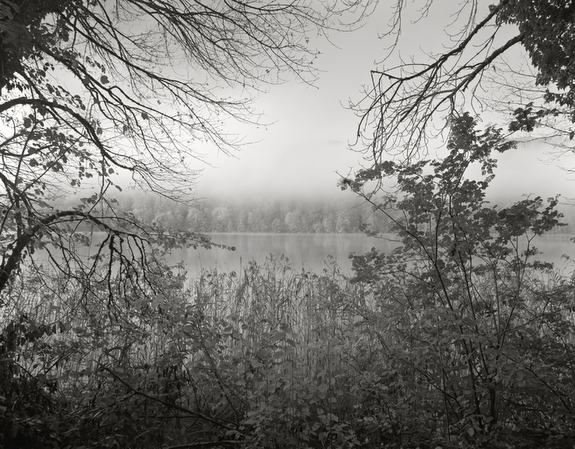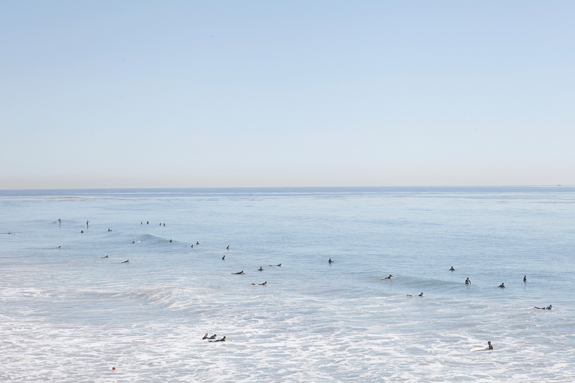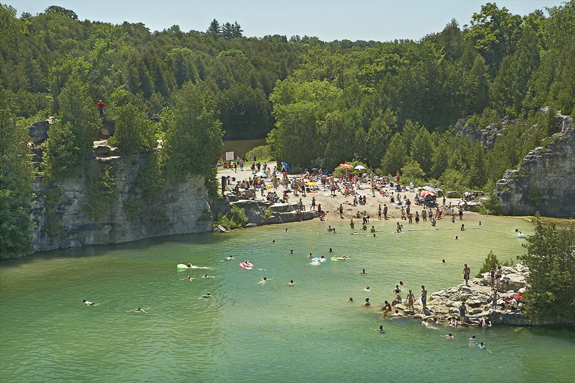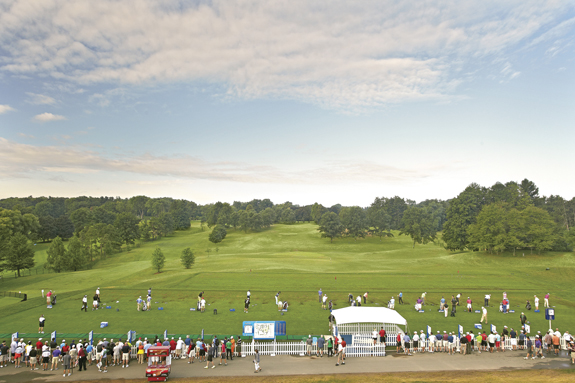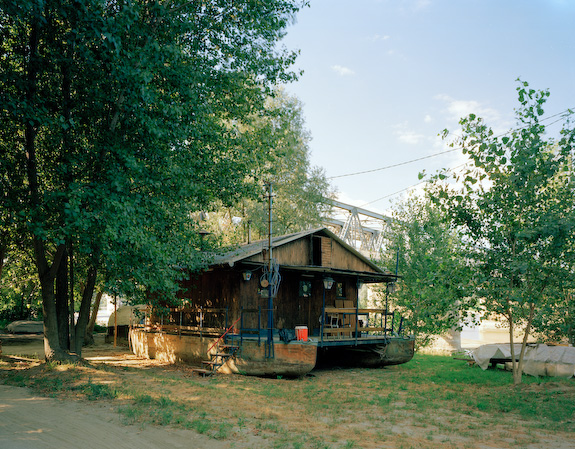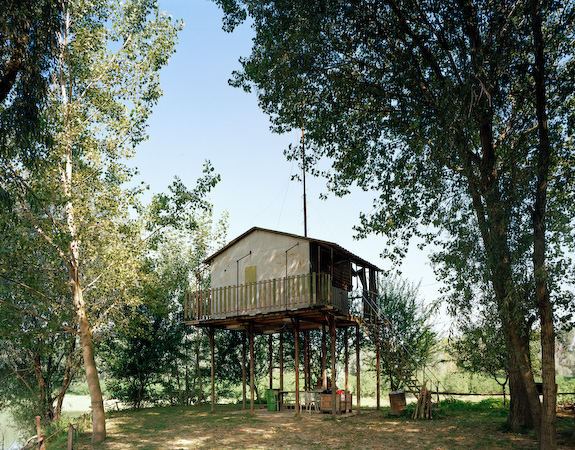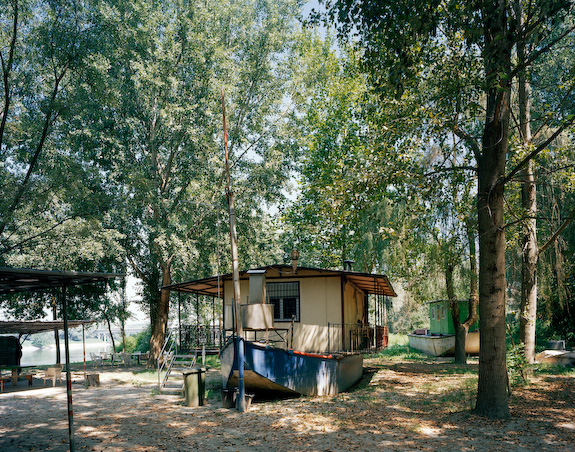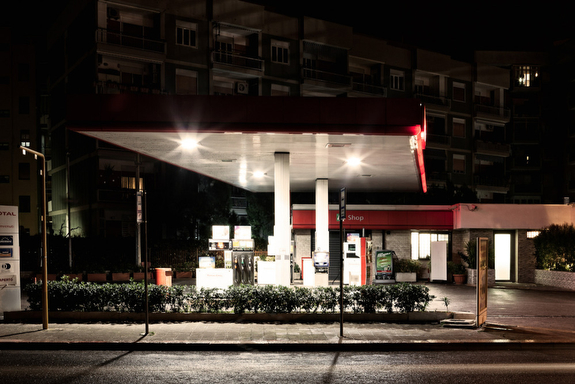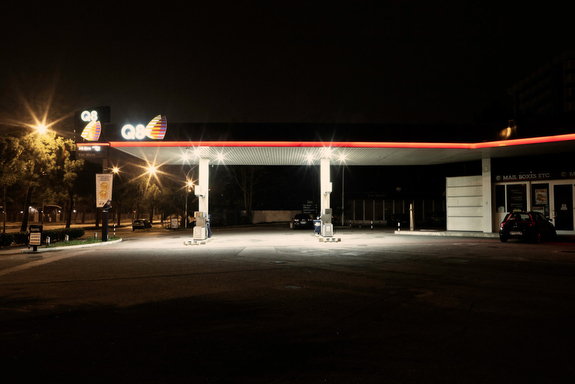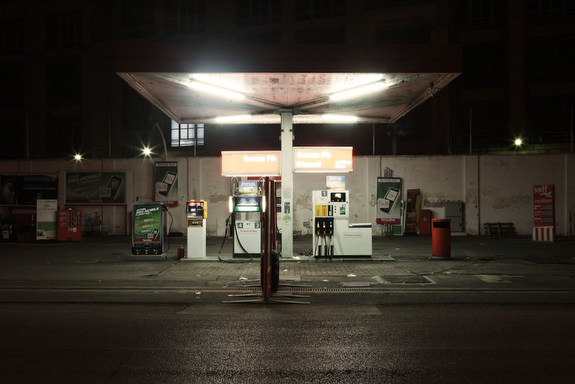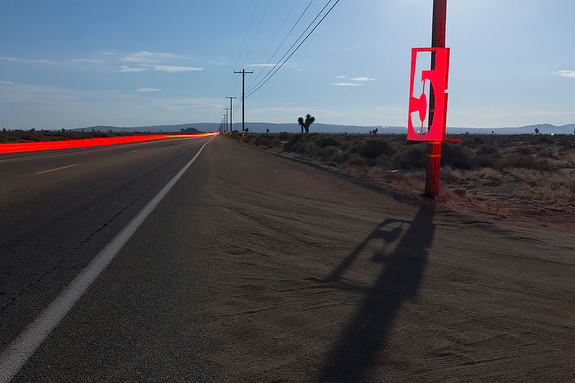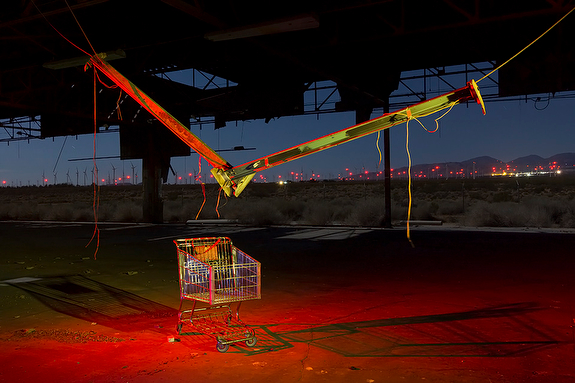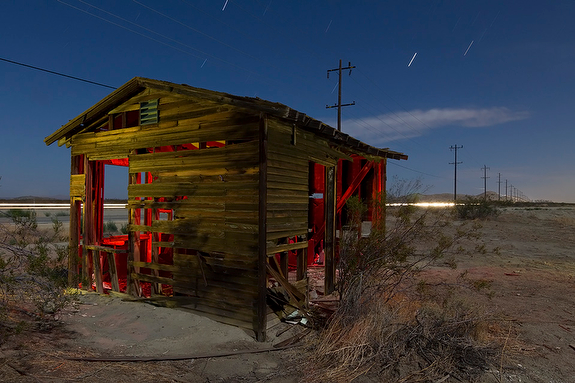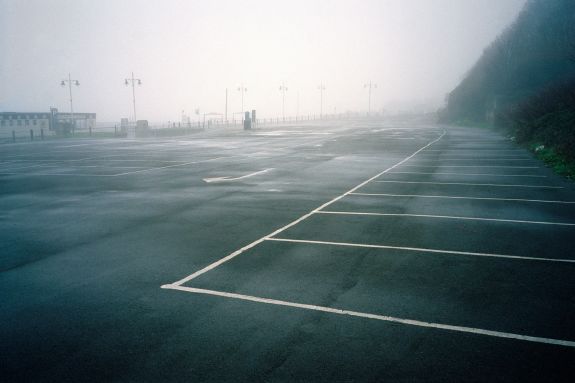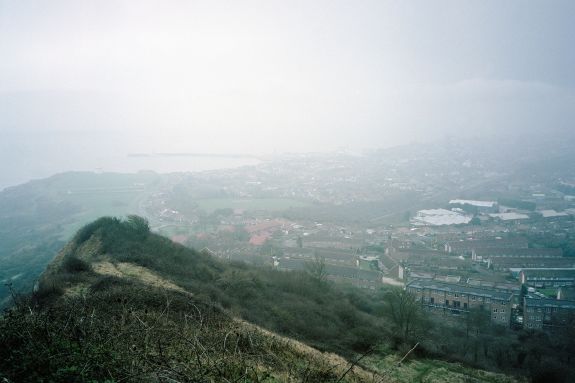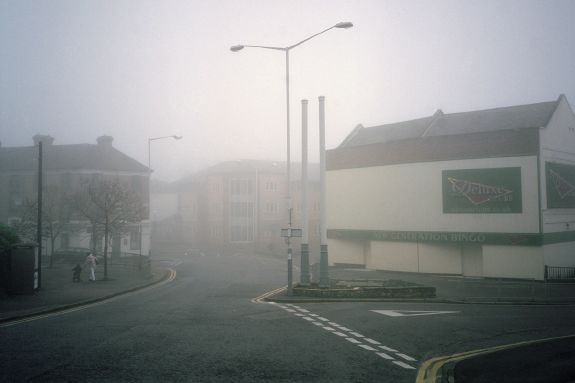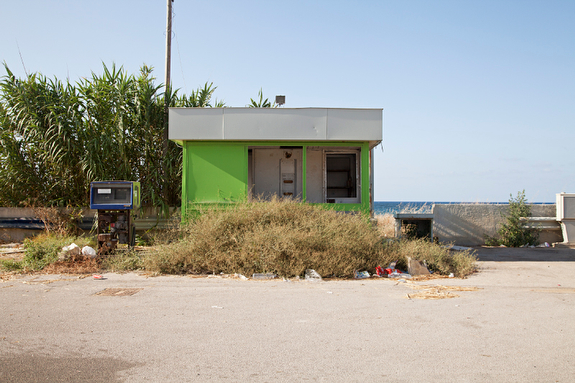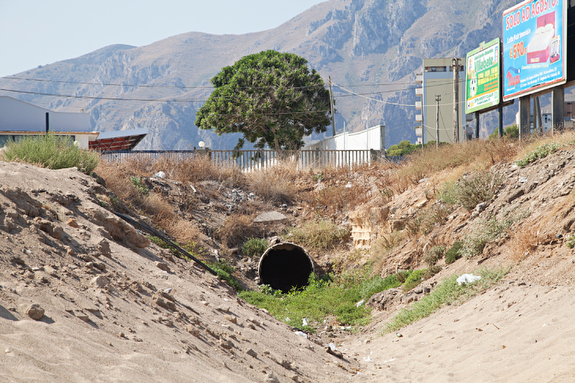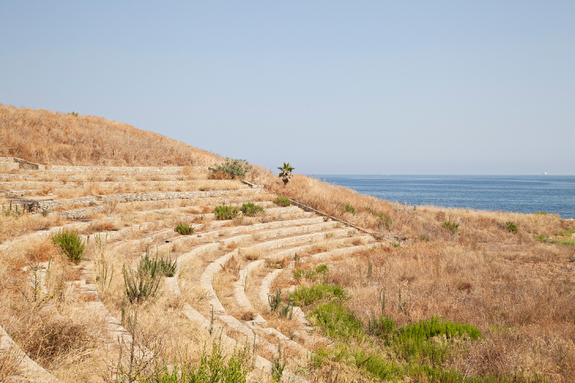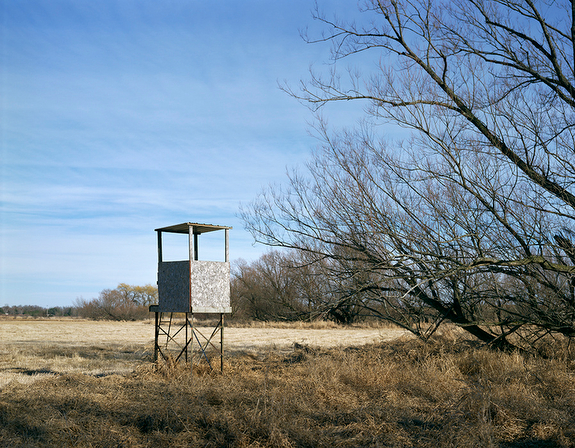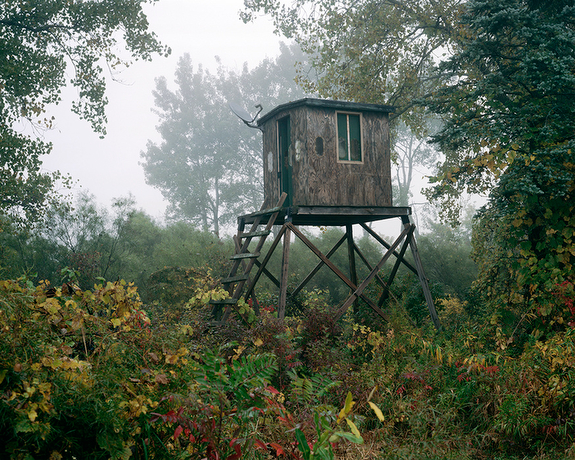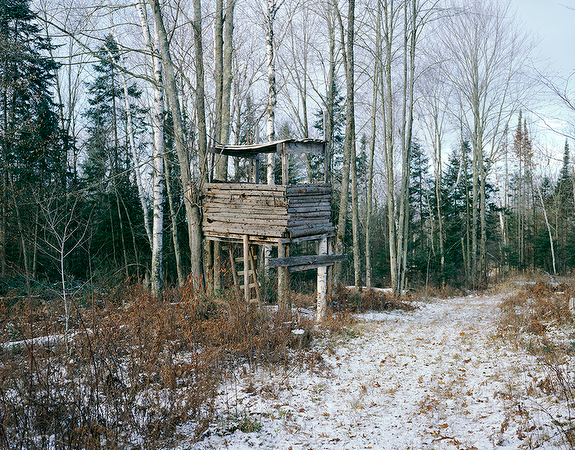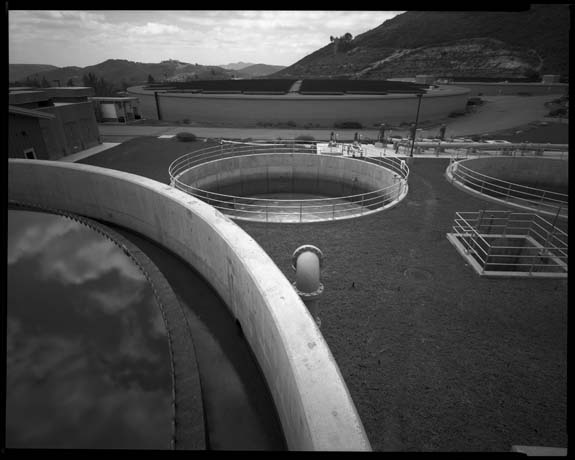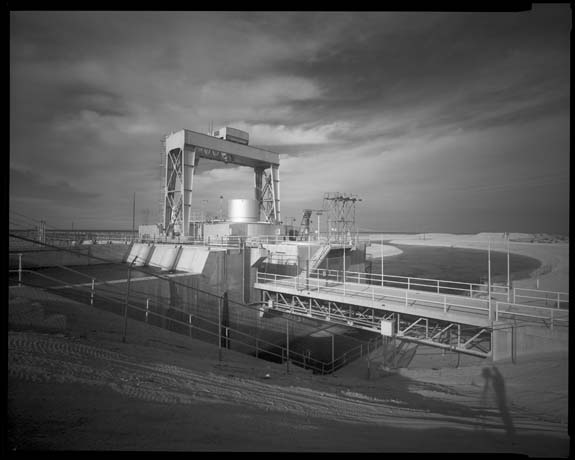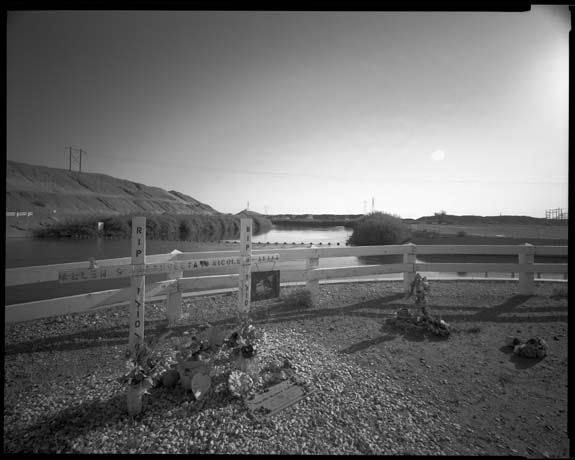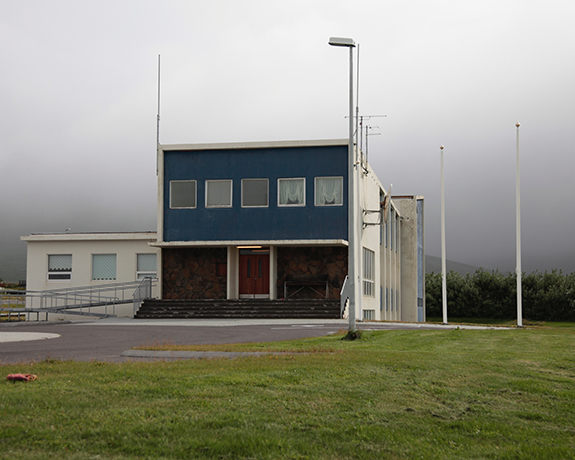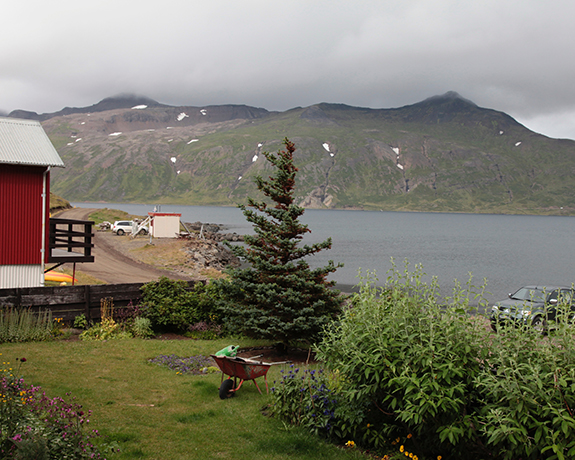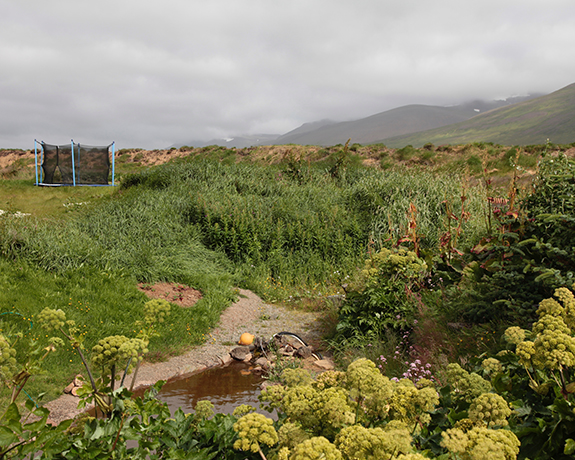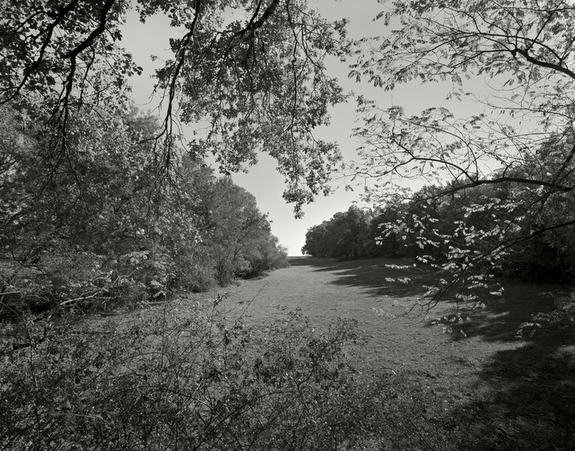
www.PascalDemeesterVisualArts.com
I had to find peculiar fragments of reality, which after having been recorded and printed will have the particularity to disappear before my eyes.
Naturally, landscape studies became my place of predilection for my research. During the last two years, I rode my motorcycle with a 4×5 Ebony Camera through the landscapes of France, Belgium and England.
The sites found became sanctuaries of sorts to which I can go back and explore their evolutions according to the time and seasons, until their possible disappearances.
Using techniques that are as discreet as possible, the elegance of the landscape’s harmonious inner natural composition and the application of the contrapuntal principle, I want to create potential moments where a photograph will visually destabilize me, triggering specific cultural memories.
During these moments, my spirit has no choice but to spontaneously build webs of visual, emotional and musical sensations freely above the original documentary print.
— Pascal Demeester, New York City
